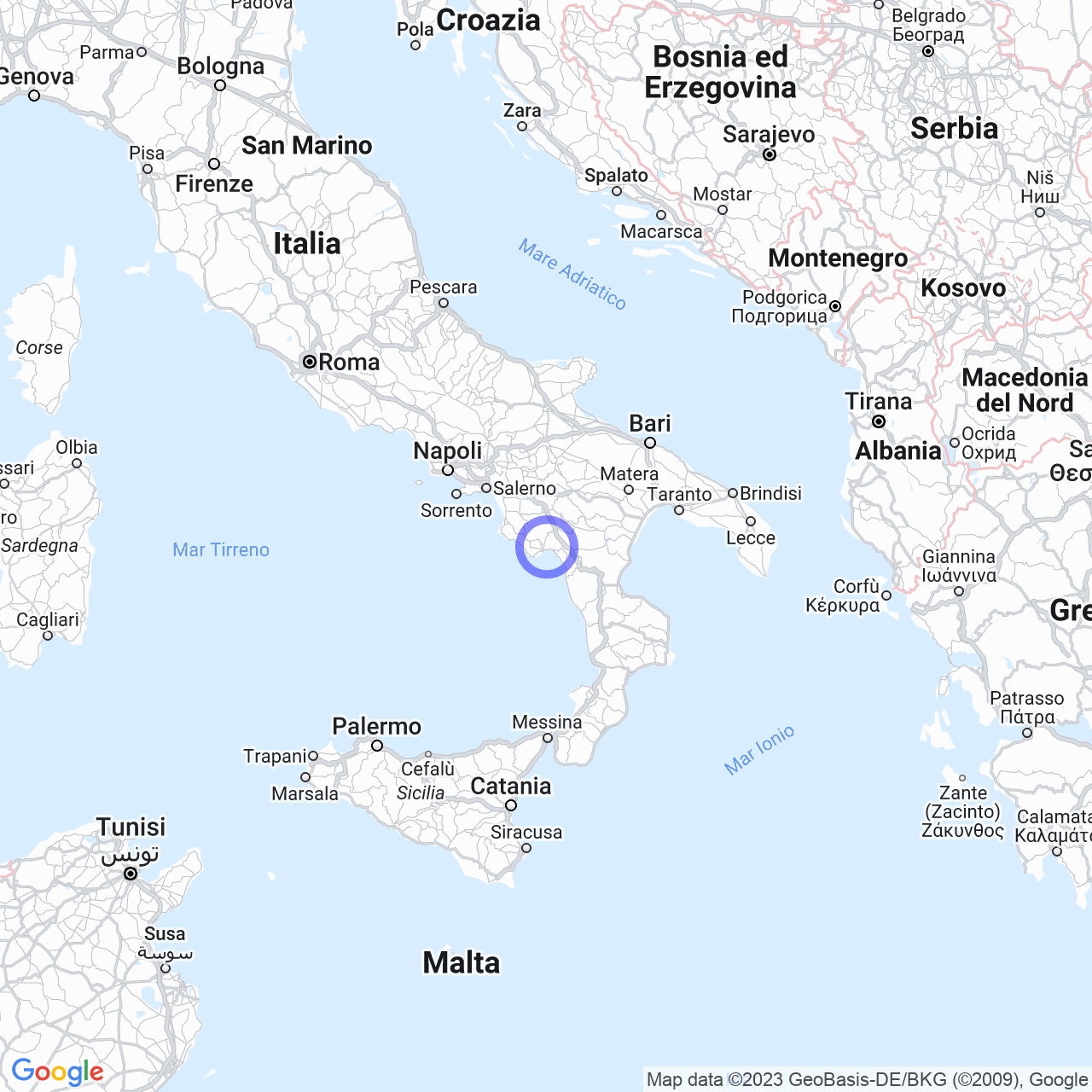Santa Marina
Santa Maria di Castellabate: a charming village to enjoy the sea and history
Santa Maria di Castellabate, known in the Cilento dialect as "A Marina," is a splendid village in the municipality of Castellabate, located on the Tyrrhenian Sea coast in the province of Salerno. With its relaxed atmosphere, Mediterranean climate, white beaches, and crystal-clear waters, Santa Maria di Castellabate is the ideal place for those looking for a seaside vacation in an authentic setting.
Physical geography
Situated between Lago and San Marco di Castellabate, Santa Maria extends to the slopes of the Sant'Angelo hill, where the municipality of Castellabate is located. The area is completely within the Cilento, Vallo di Diano, and Alburni National Park, home to the Castellabate Marine Reserve established in 2009: the Santa Maria di Castellabate protected marine area. This village is the town hall and is about 3 km from the main town, 12 km from Agropoli, and about 60 km from Salerno.

Climate
The climate of Santa Maria di Castellabate is typically Mediterranean, with hot summers and mild winters. The average temperatures in the coldest month, January, range from a minimum of 4 °C to a maximum of 12 °C, while in July and August, they range from 18°C to 29°C. The Campanian Apennines protect the area from cold winds in winter. Precipitation, very scarce in the summer months, reaches the maximum peak in December, with an average of one day of rain every two days.
History
The history of Santa Maria di Castellabate is closely linked to the events that concerned the municipality of Castellabate. In the past, the area was destined for commercial traffic and goods, which were landed from the "Travierso" or "delle Gatte" port. The locality developed around its historic center, where the chapel of the confraternity of the Minor Friars, the old oven, and the historic buildings were located.
The first news of the fishing village dates back to 1767 when the fief passed from the Marquis of Castellabate Parise Granito to his son Angelo. Later, the locality became known as "Isca delle Chitarre," "Castellabate Inferiore," and finally took its current name from the place where the church stands.
During World War II, Santa Maria di Castellabate was the scene of the Salerno landing in September 1943 when the Allied troops occupied the area for several days before advancing towards Rome.
What to see in Santa Maria di Castellabate
This picturesque village offers many tourist attractions to visit, including:
- The church of Santa Maria degli Angeli, built in the seventeenth century in a Baroque style, which preserves two works of art of great value: the painting of the Madonna with Child and the fresco of the Addolorata.
- The old town, with its labyrinth of alleys and white houses, still retains the traditional atmosphere of the past.
- The tower to watch over the coast, built in the sixteenth century by the Saracens to defend against pirate raids.
- The statue of the Madonna at sea, located in a cave overlooking the sea, representing the protection of fishermen and boats leaving the beaches of Santa Maria.
Beaches and crystal-clear sea
The main attraction of Santa Maria di Castellabate is undoubtedly its clear and crystal-clear sea, with white sand beaches and cliffs overlooking the sea. Among the most renowned beaches, we mention:
- Santa Maria beach, with its golden sand and blue sea, is one of the most beautiful and frequented by tourists.
- Pozzillo beach, immersed in the cliffs, is accessible by foot or boat.
- Cala Blanca beach, also known as Baia delle Favole, is a beautiful white pebble cove and crystal-clear sea.
Every year, Santa Maria di Castellabate welcomes numerous visitors who appreciate its authentic atmosphere and the hospitality of its inhabitants. Those who wish to spend a seaside vacation among nature and history cannot miss the opportunity to visit this delightful village in the province of Salerno.
